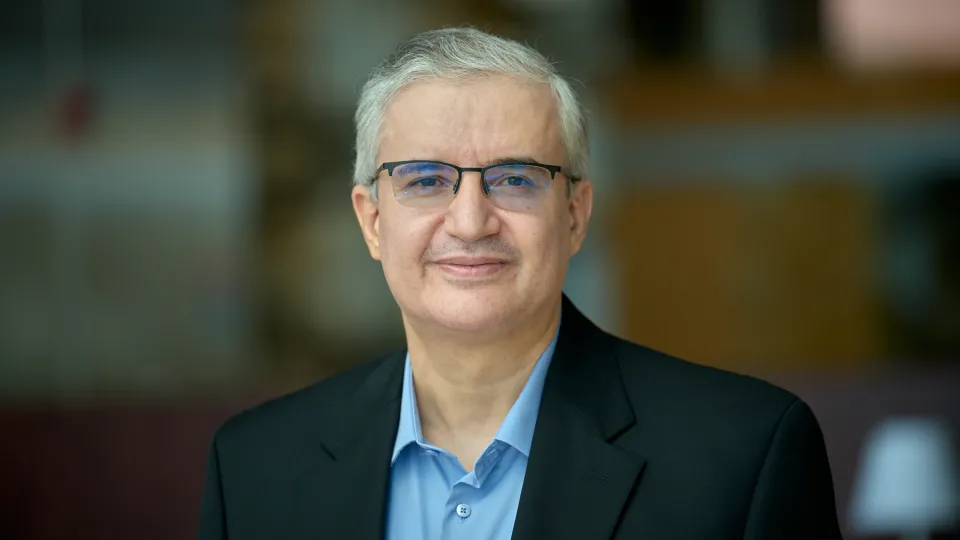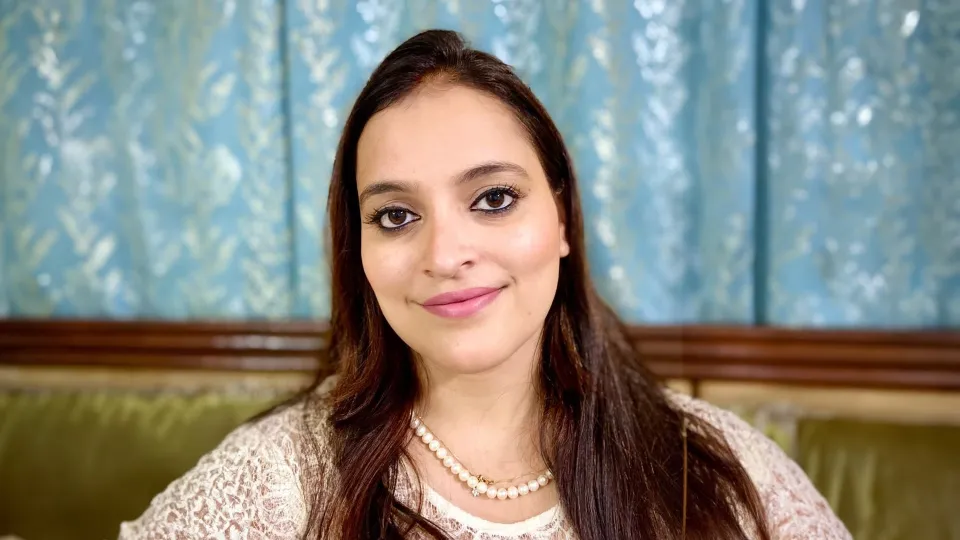
Combating angle of arrival fluctuations, turbulence, and pointing error in an Earth-to-HAP FSO system through spatial diversity
About
Recently, optical satellite communication (OSC) has emerged as one of the most promising technology for the future-proofing of wireless communication (WC) with the capability to provide global coverage.
In the latest edition of IEEE Transaction on Aerospace and Electronic Systems, a team of researchers from CEMSE division of KAUST, including Richa Priyadarshani and Mohamed-Slim Alouini, study an Earth-to-HAP Free-Space Optical (FSO) communication system which can find applications in both terrestrial WC and OSC. Their paper titled "Earth-to-HAP FSO Communication With Spatial Diversity and Channel Correlation" investigates the potential of employing spatial diversity in Earth-to-air FSO systems using a High Altitude Platform (HAP) in the stratosphere.
The comprehensive mathematical channel model proposed in the study accounts for both correlated and uncorrelated channel conditions, including atmospheric turbulence, pointing error, and angle-of-arrival (AoA) fluctuations. The study further evaluates the system's performance using outage analysis, average bit error rate (BER), and asymptotic BER analysis. Simplified expressions for diversity order and coding gain were derived through asymptotic BER analysis, providing insights into the system's behaviour. The study also derived the optimum receiver field of view required for designing a practical ground-to-HAP FSO system with maximum diversity under specific AoA fluctuation conditions.
The findings of this study highlight the efficacy of spatial diversity in mitigating the impact of AoA fluctuations and offer valuable insights into the potential use of spatial diversity to enhance the reliability and performance of Earth-to-HAP FSO systems. These insights provide useful guidelines for system design and optimization.
More information available in the paper:
R. Priyadarshani and M. -S. Alouini, "Earth-to-HAP FSO Communication With Spatial Diversity and Channel Correlation," in IEEE Transactions on Aerospace and Electronic Systems, doi: 10.1109/TAES.2023.3326123.

